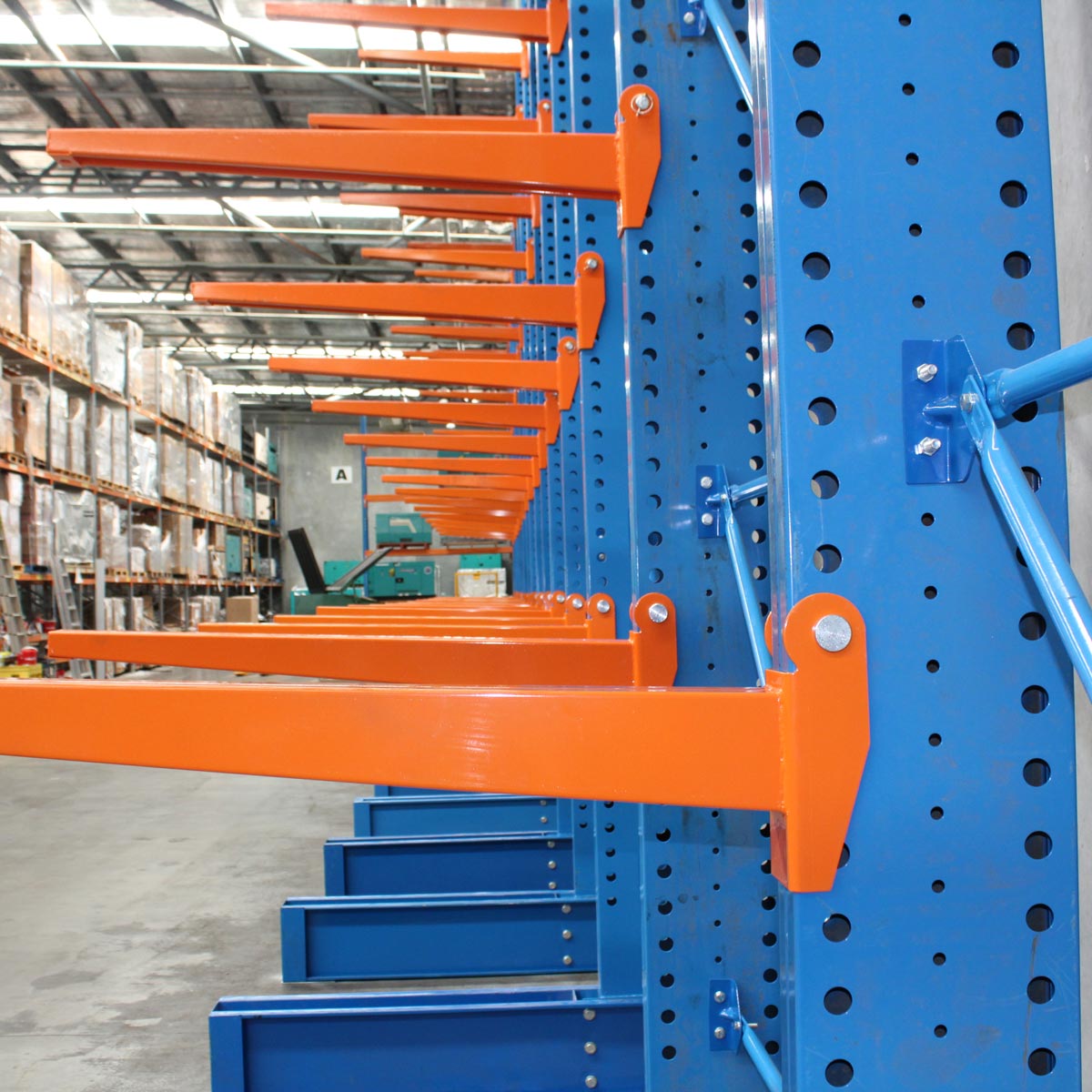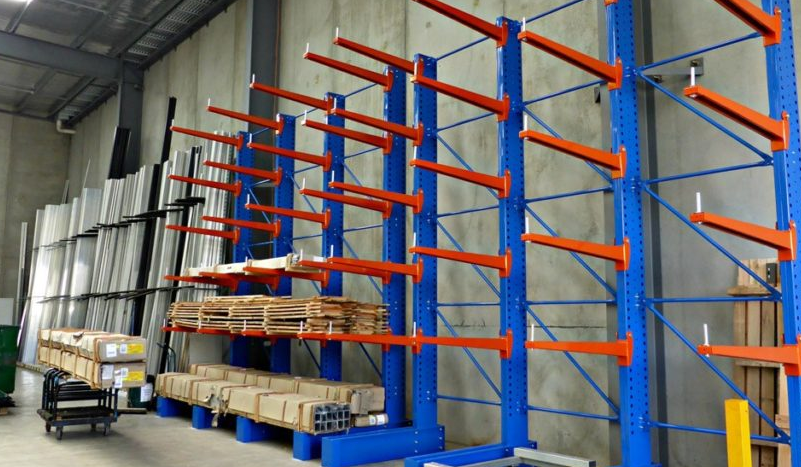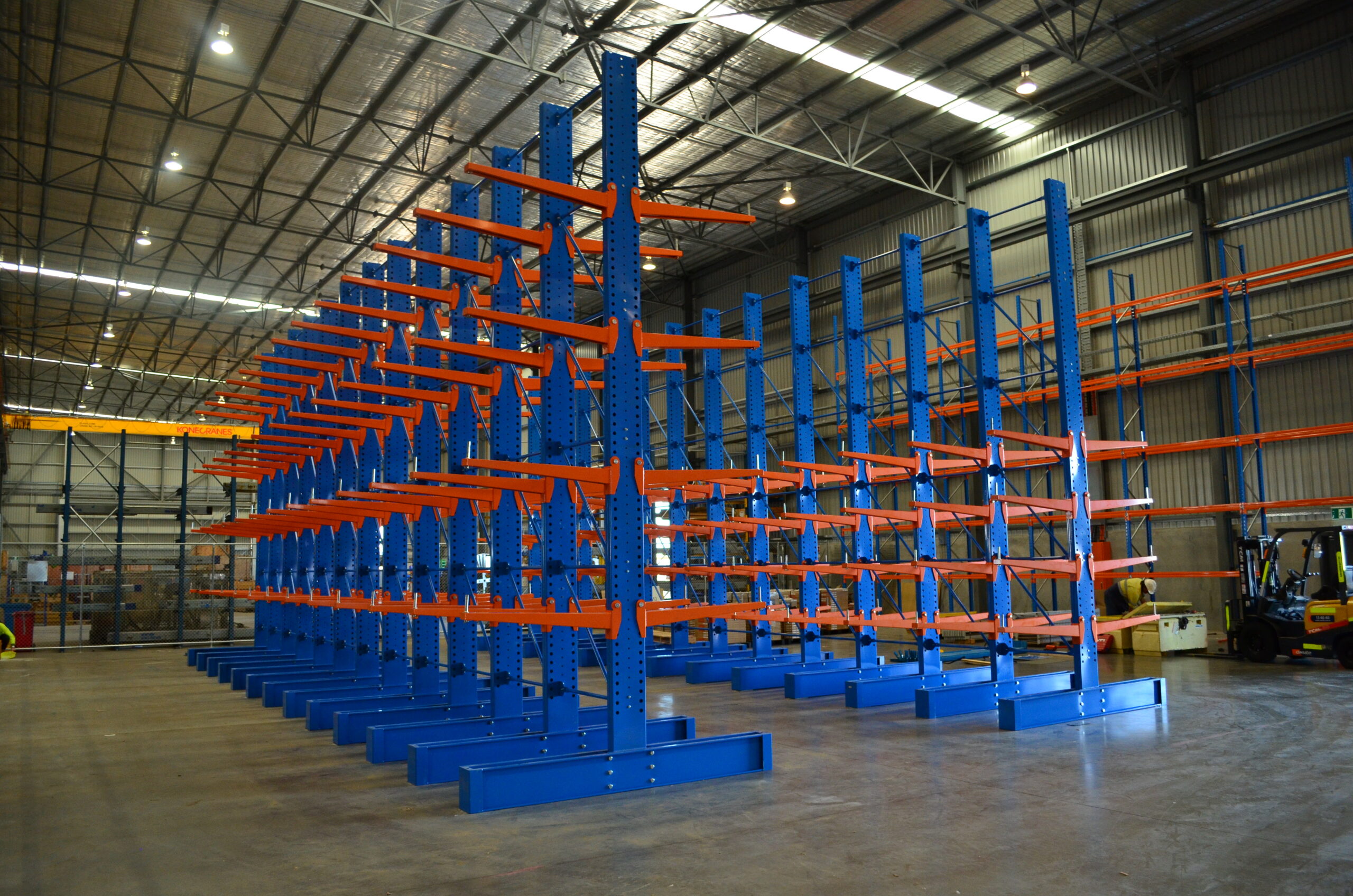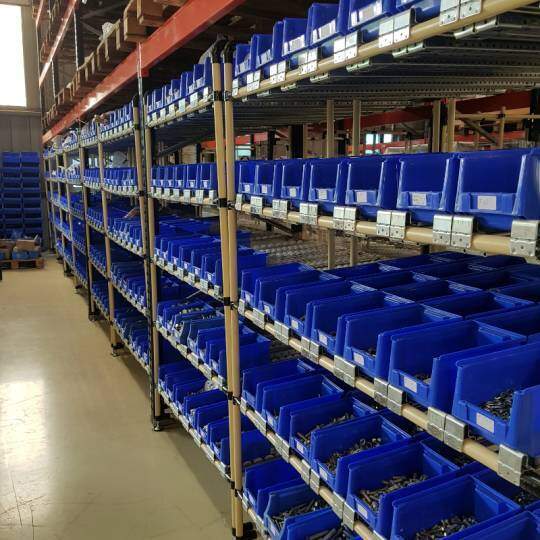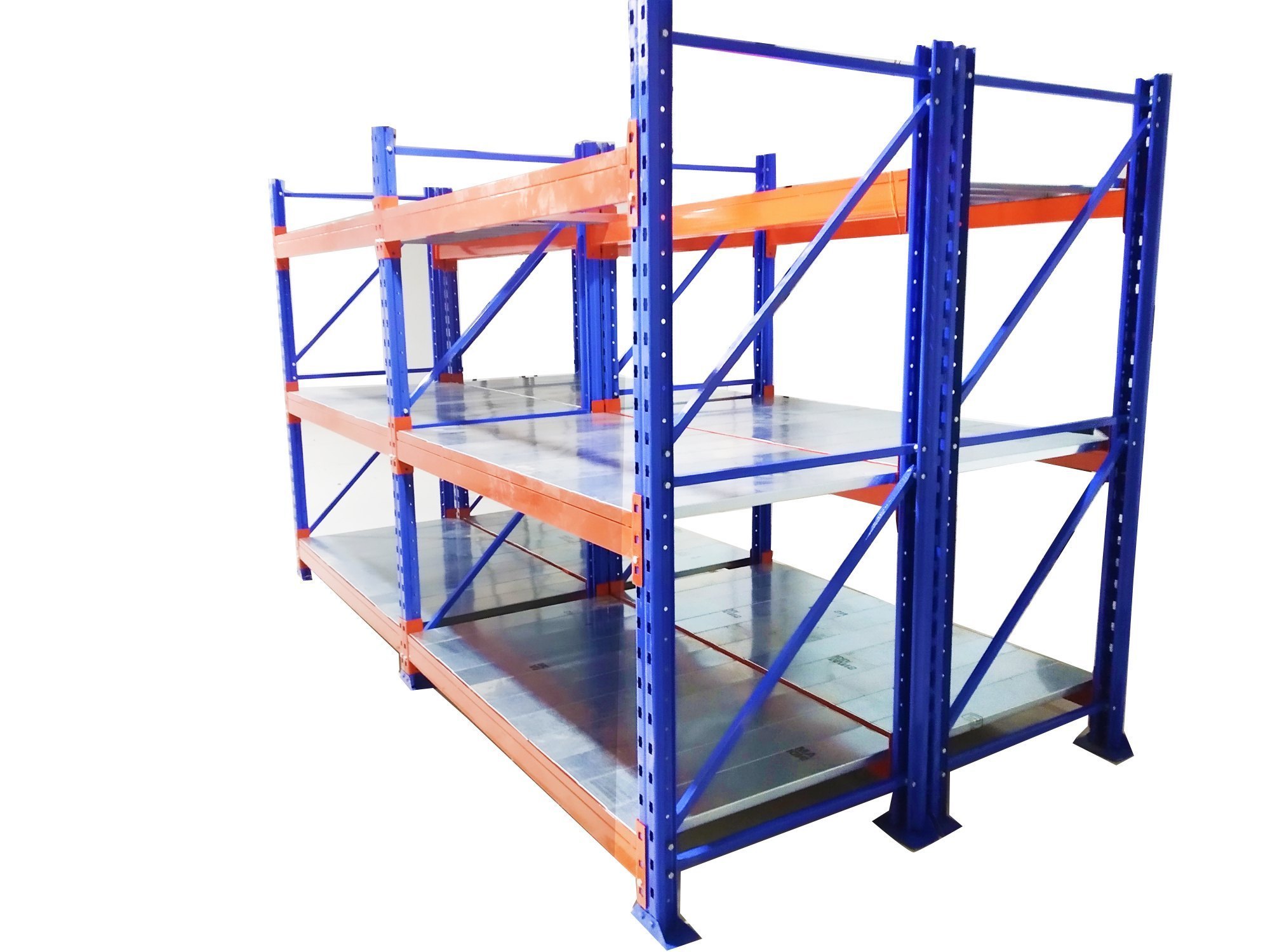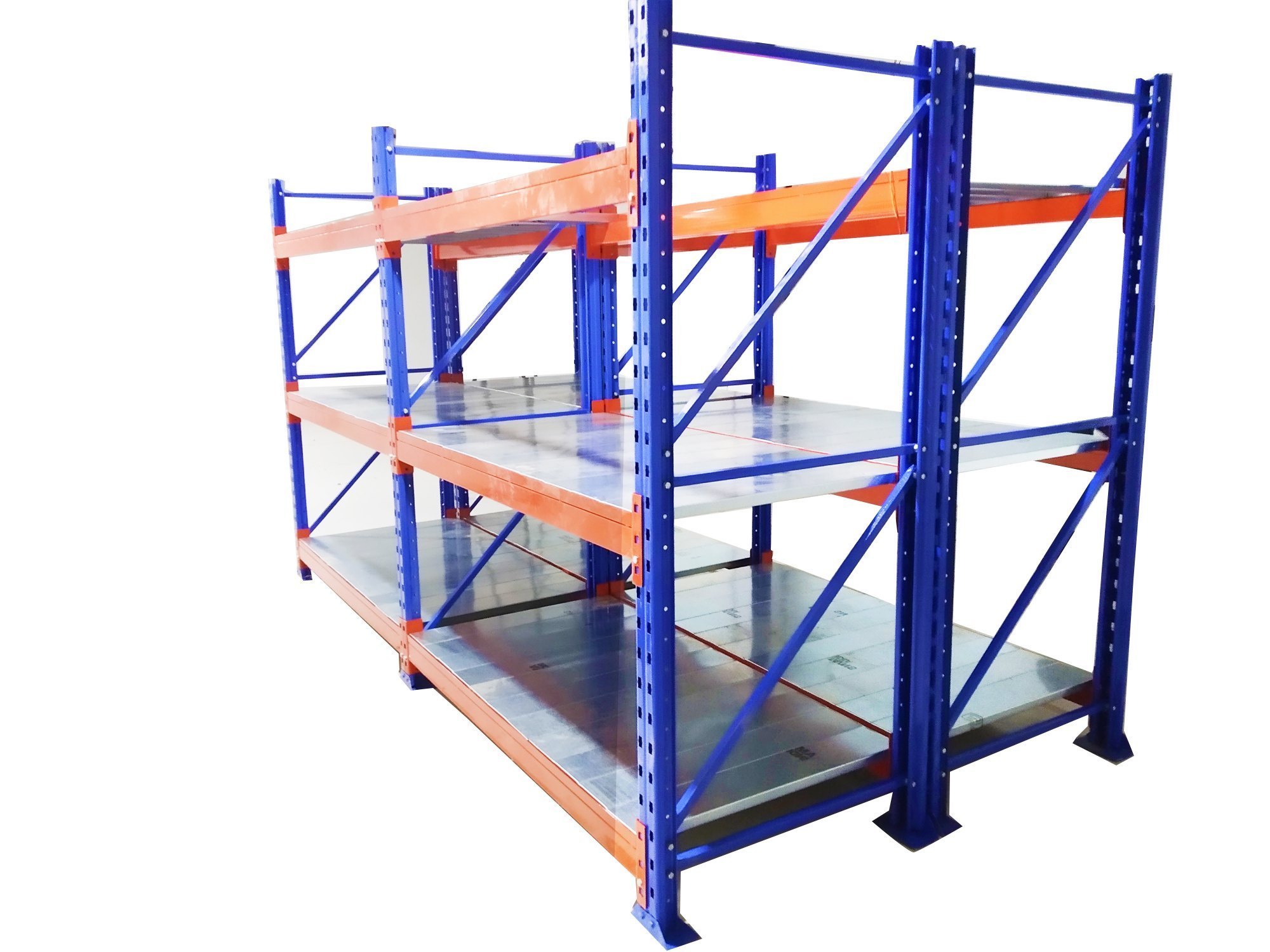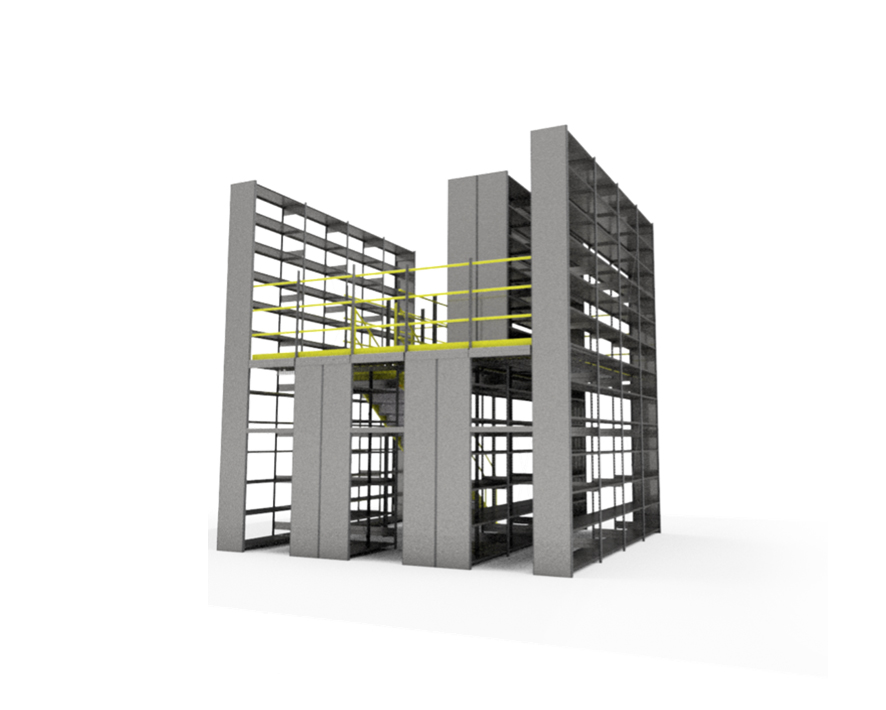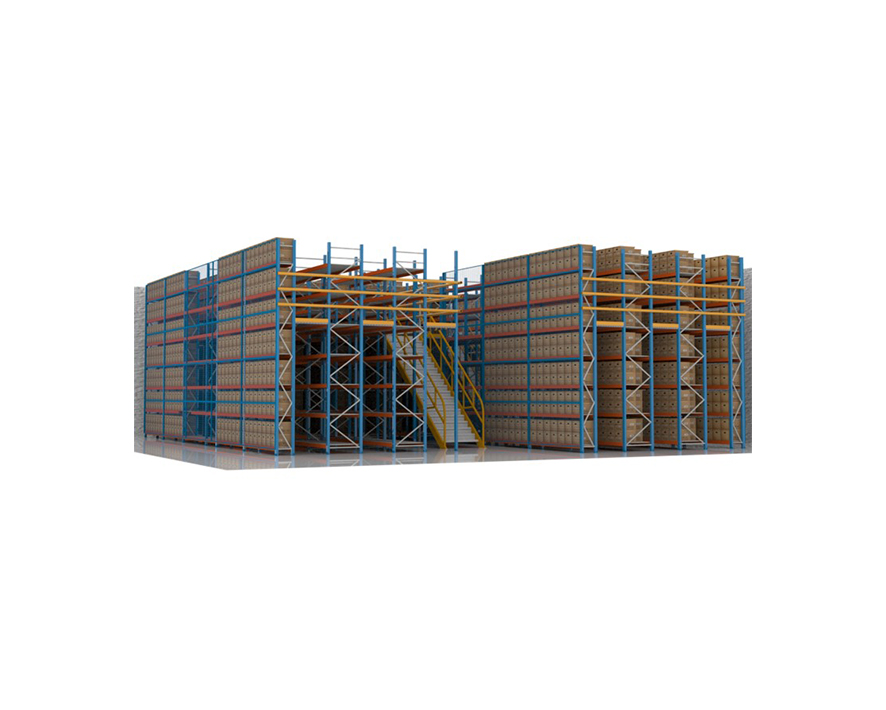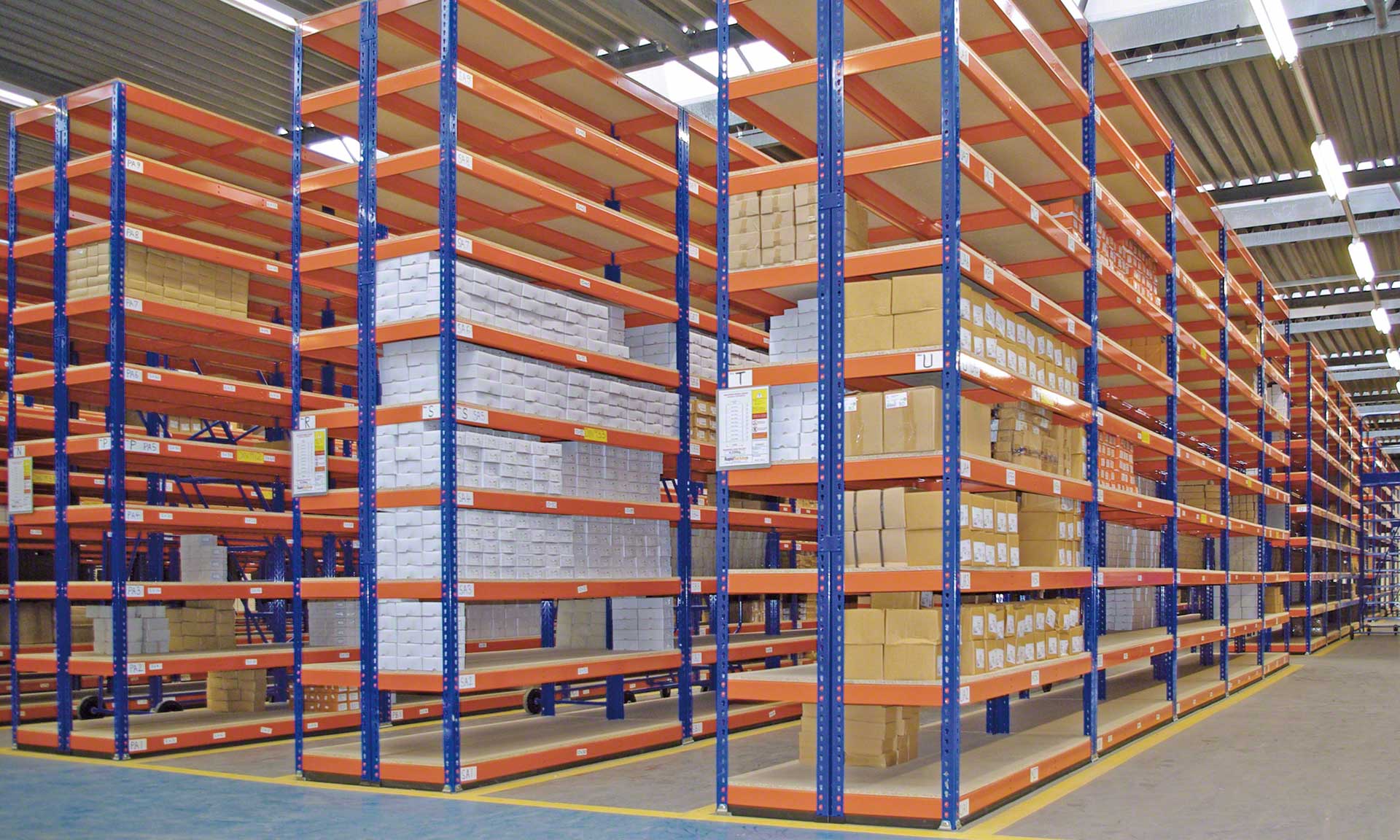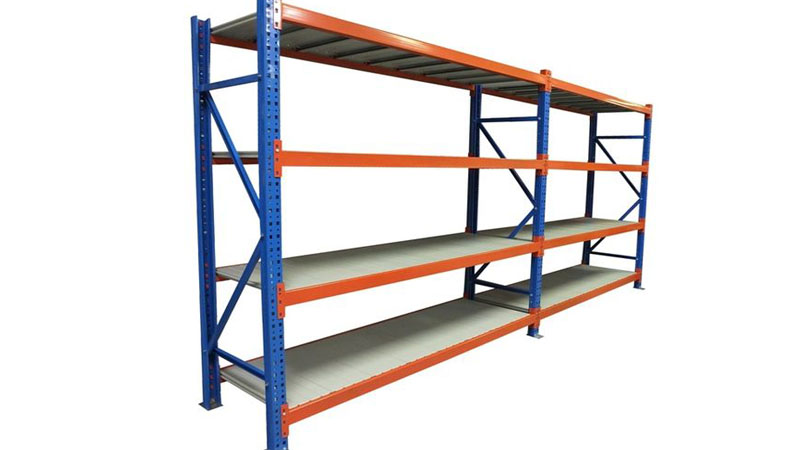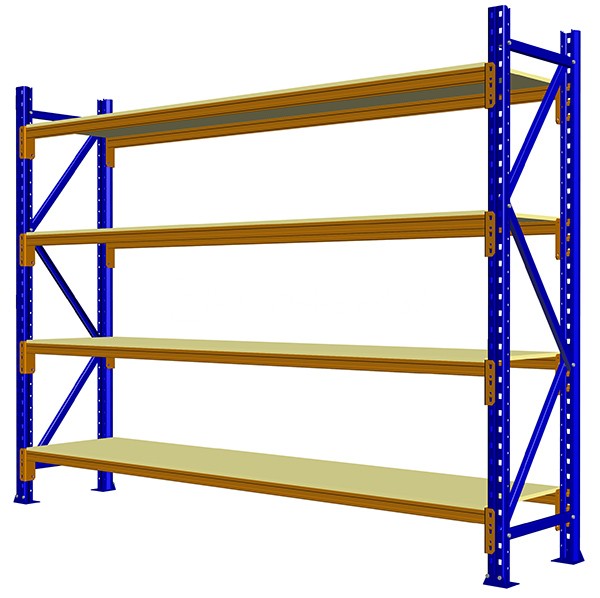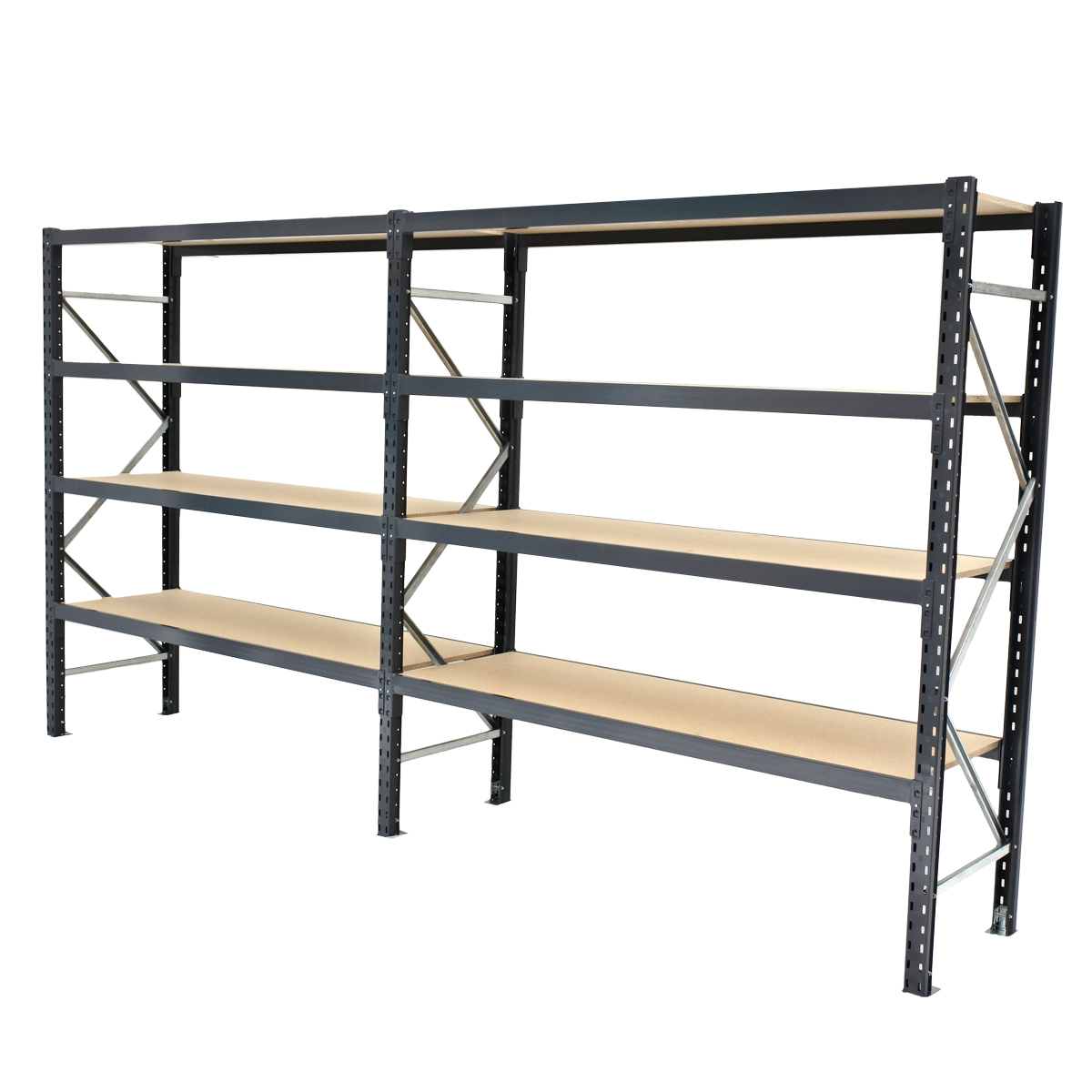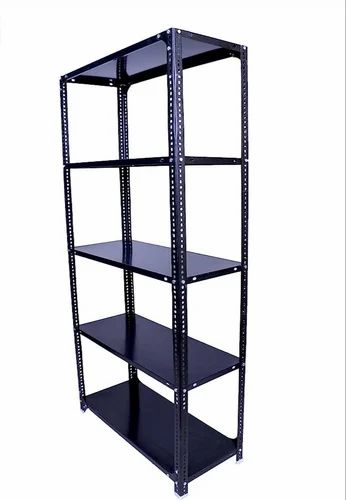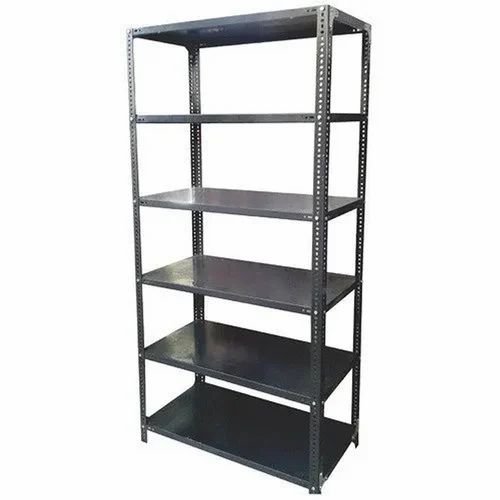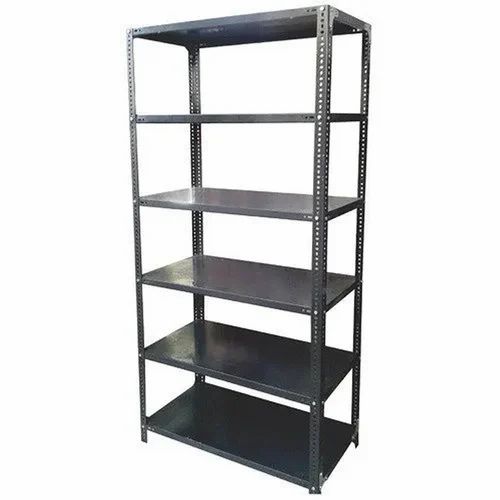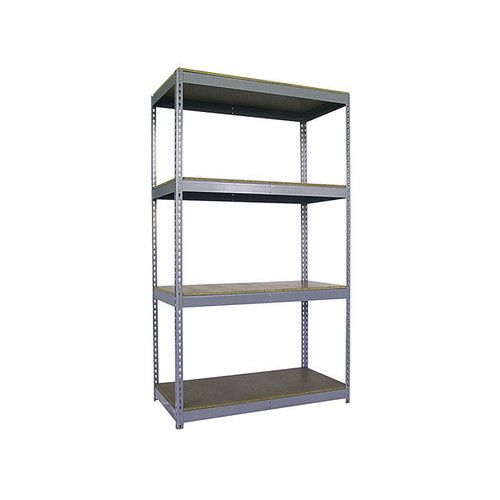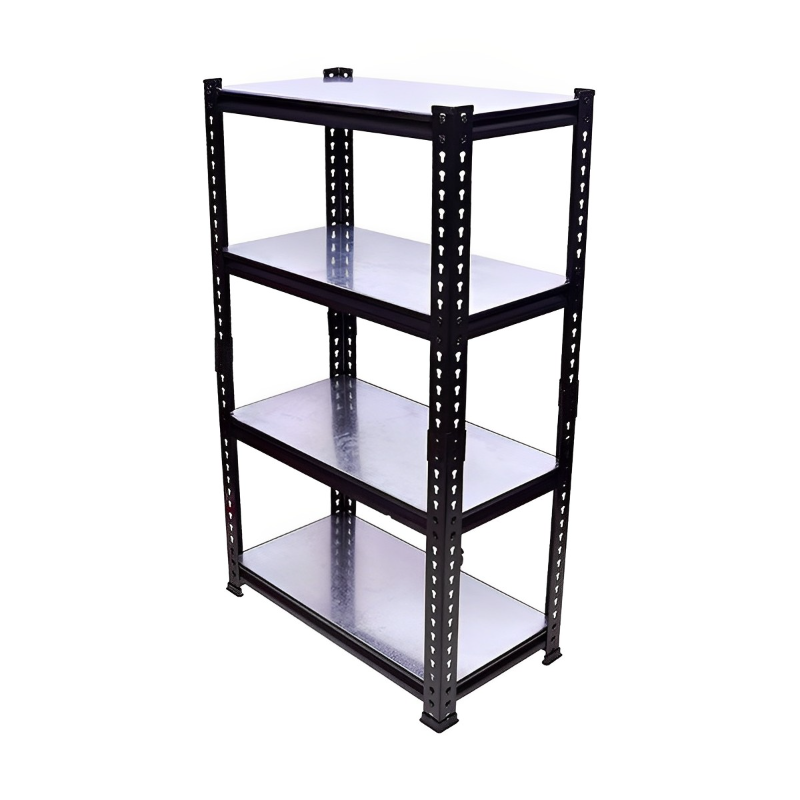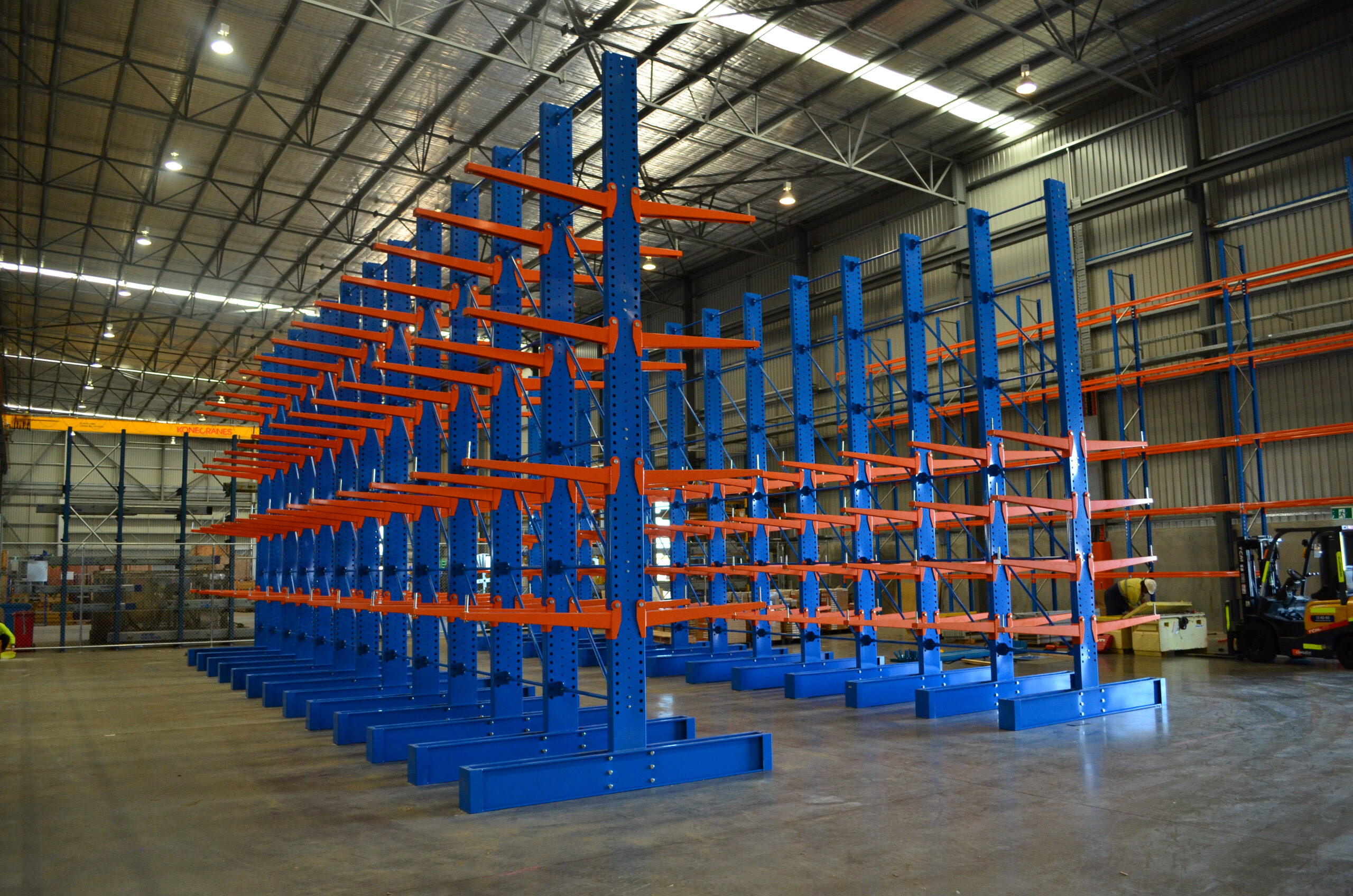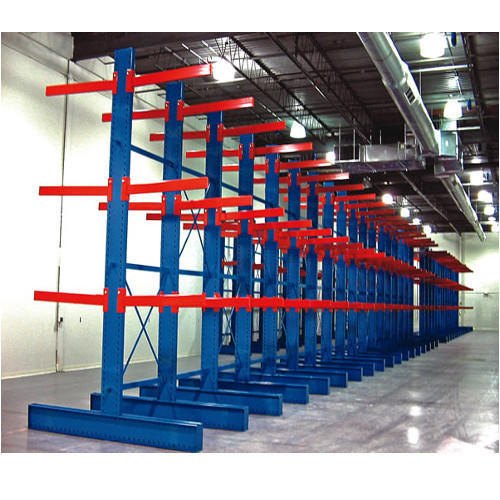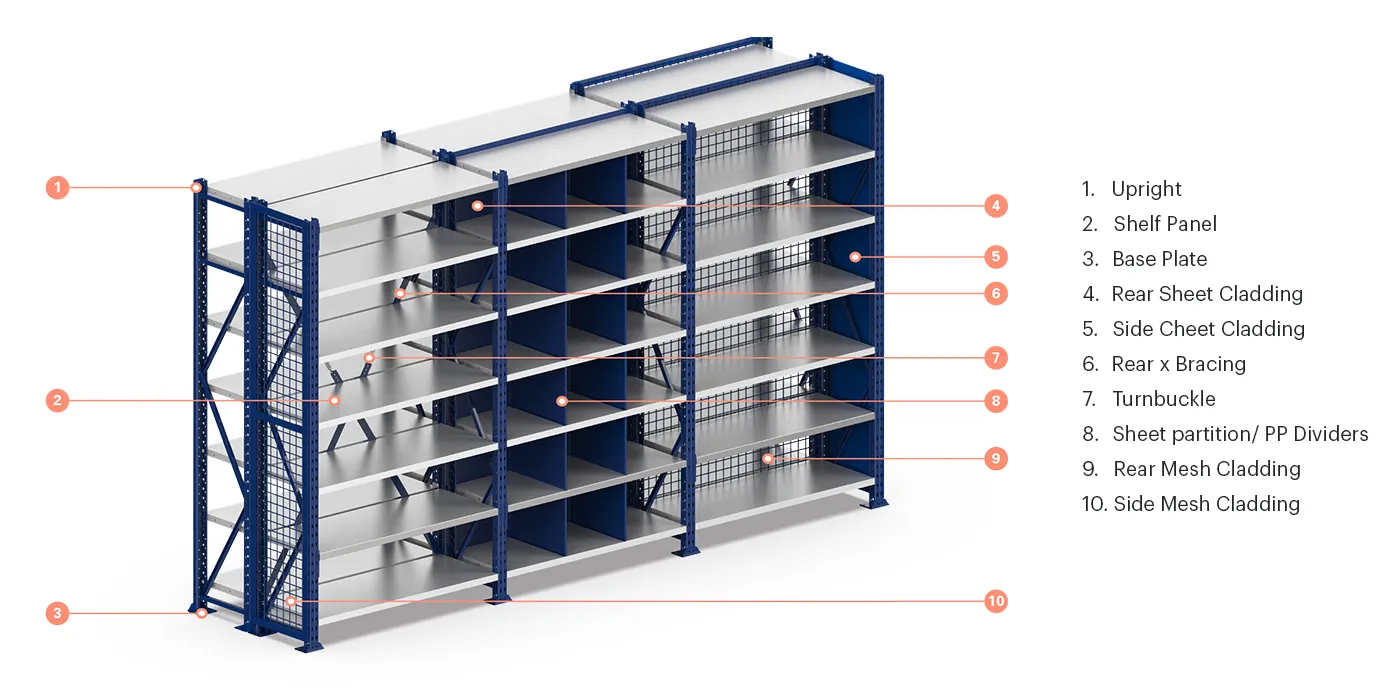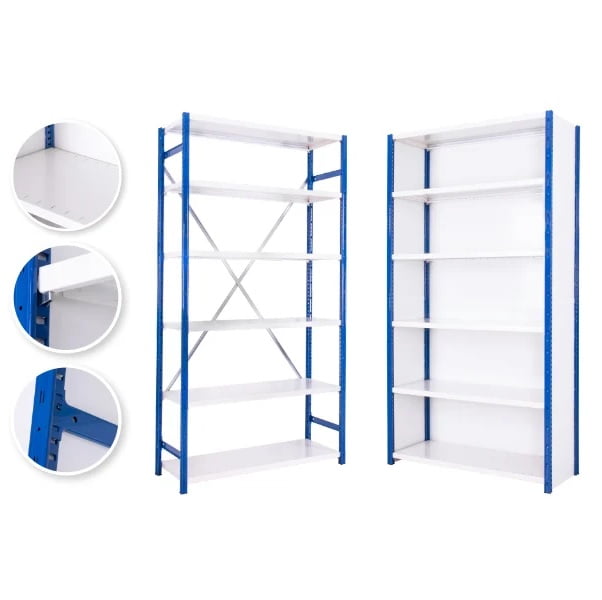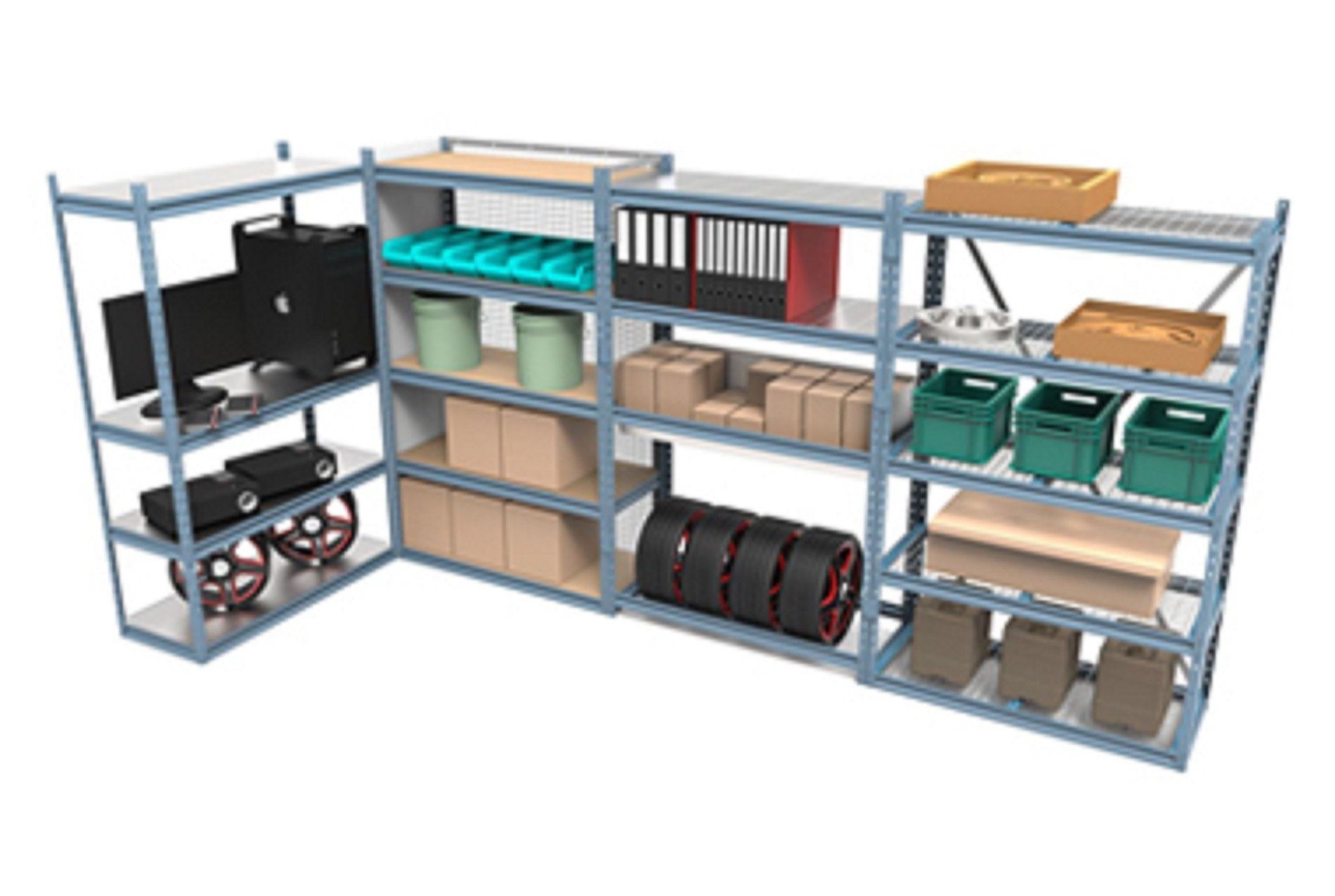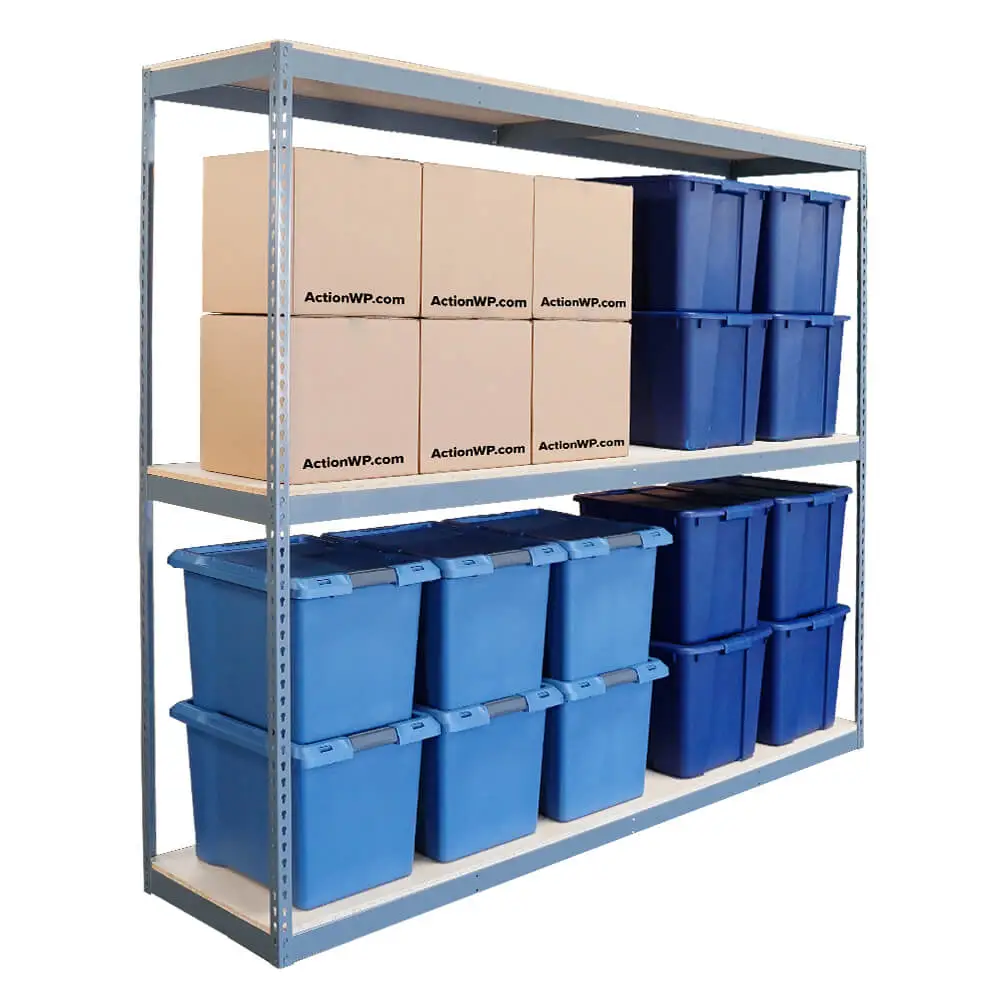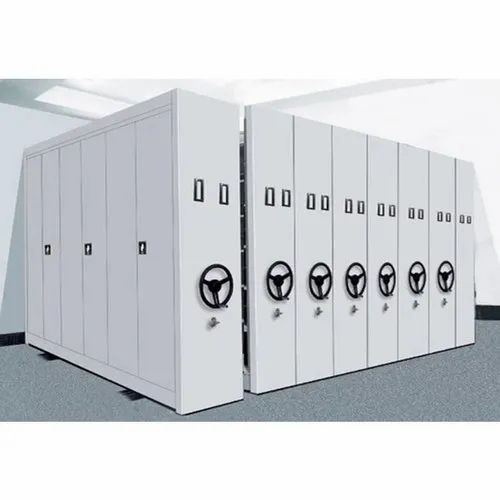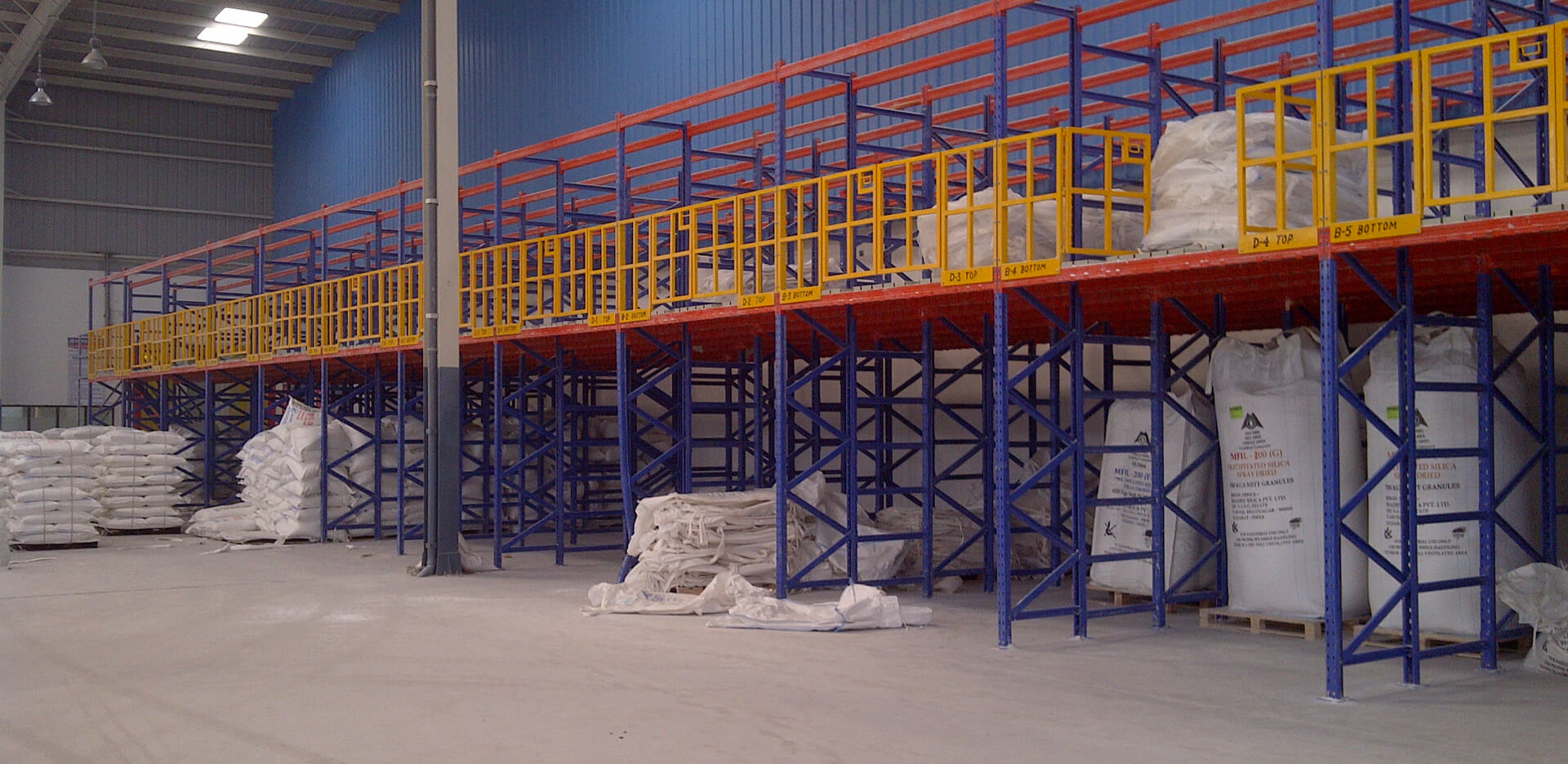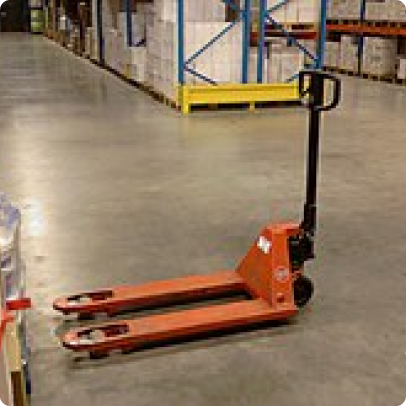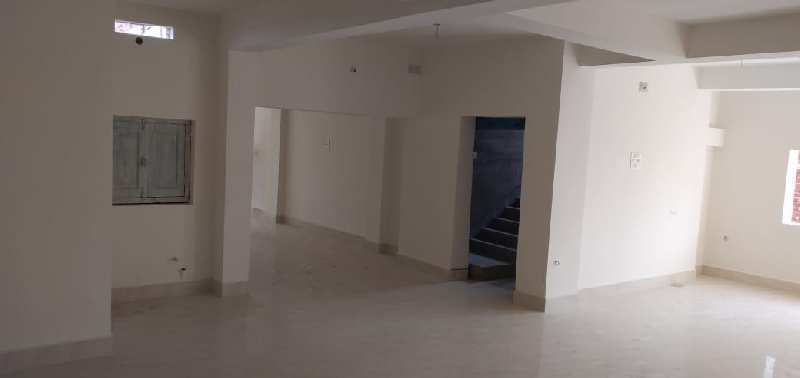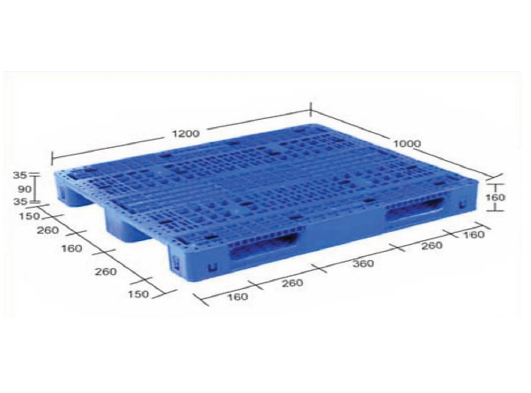

Injection Moulding Plastics Pallets
0
Ratings
Add Zip code to check availability
Select Quantity
Features
Company
SKU
Category
Sub - Category
Beeco Storage System
Model BSP 23011
Storage Solutions
Pallets
Additional Information
Dimension (L X W X H) mm
1200 x 1000 x 160 mm
Entry
4 Ways
Deck
N/A
Dynamic Capacity(Kg)
1000
Static Capacity(Kg)
4000
Racking Capacity(Kg)
1000
Process
N/A
Bottom
N/A
Price
Steel Bone Weight
Shape
Color
Blue, Grey, Orange
Material
HDPE/PP
Marketplace Benefits
Warranty & Return Policy
Description
"
The specifications for injection molding plastic pallets can vary depending on the specific requirements and intended use. However, I can provide you with a general set of specifications that are commonly associated with injection-molded plastic pallets:
Material:
- Common materials include high-density polyethylene (HDPE) or polypropylene (PP) due to their durability, impact resistance, and ability to withstand various environmental conditions.
. Molding Process
- Injection molding is the preferred process for manufacturing plastic pallets. It involves melting plastic pellets and injecting the molten material into a mold cavity.
Dimensions:
- Standard pallet sizes include 48 x 40 inches (1200 x 1000 mm), but sizes can vary based on regional standards and specific customer requirements
Weight Capacity:
- The weight capacity of plastic pallets depends on factors such as design, material thickness, and reinforcement. Standard pallets typically support loads ranging from 1,000 to 4,000 pounds or more.
- Pallets may include features like anti-slip surfaces, reinforced corners, chamfered edges, and open or closed deck designs. The design should facilitate easy handling with forklifts or pallet jacks.
Static and Dynamic Load Capacity:
- Static load capacity refers to the maximum weight a pallet can support when stationary, while dynamic load capacity is the maximum weight it can support while in motion (e.g., being moved by a forklift).
Racking Load Capacity:
- Some pallets are designed for use in racking systems. The racking load capacity indicates the maximum weight the pallet can safely support when placed in a rack.
Temperature Resistance:
- Plastic pallets should be designed to withstand a range of temperatures, including freezing conditions and high-temperature environments.
Chemical Resistance:
- Plastic pallets may be required to resist damage or degradation when exposed to various chemicals, oils, or solvents.
- Color Options:
- Pallets can be manufactured in various colors, although blue and black are common choices. The color may impact factors such as UV resistance and aesthetics.
- Recyclability:
- Consideration for environmental impact and recyclability is essential. Many plastic pallets are recyclable, and the material used should be clearly identified for recycling purposes.
- Compliance and Certification:
- Plastic pallets may need to comply with industry standards and regulations. Certification from organizations such as the International Organization for Standardization (ISO) or local regulatory bodies may be required.

